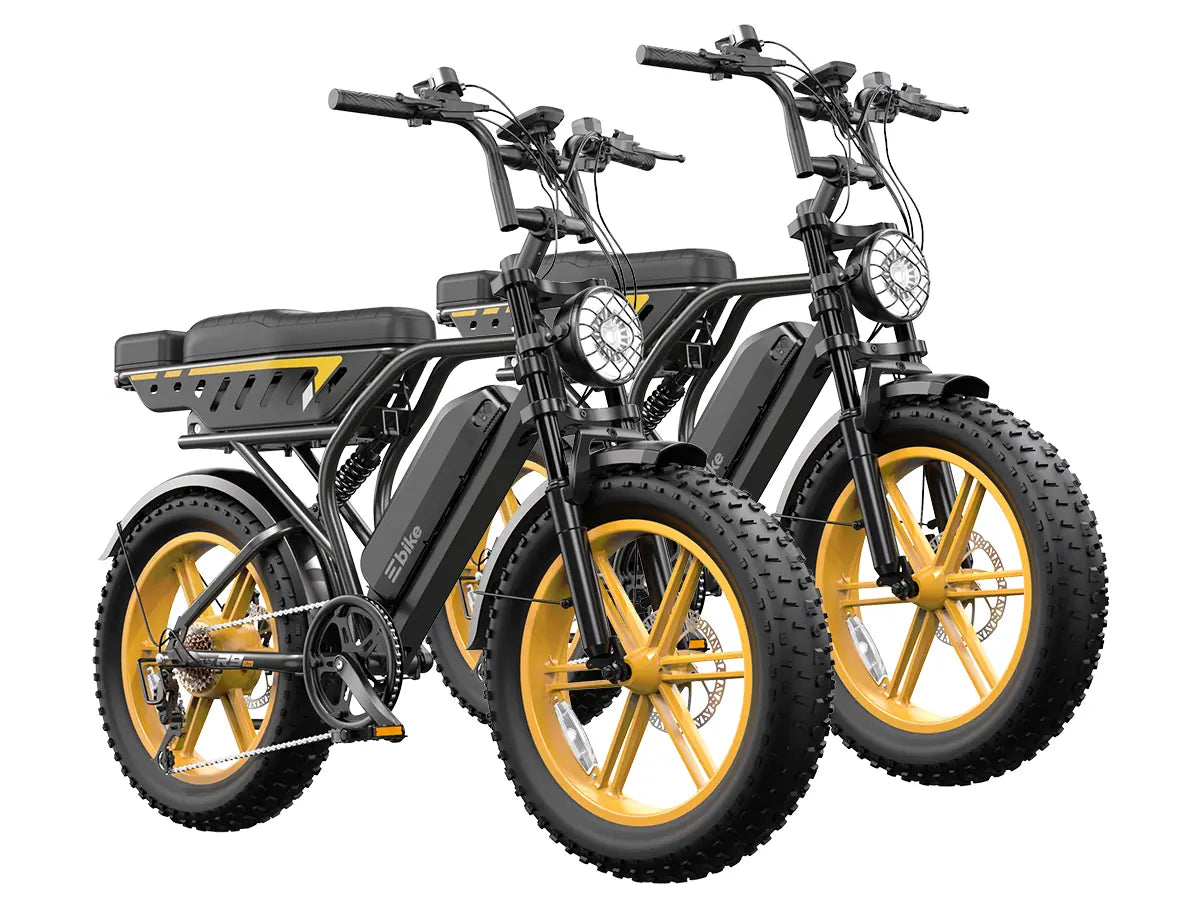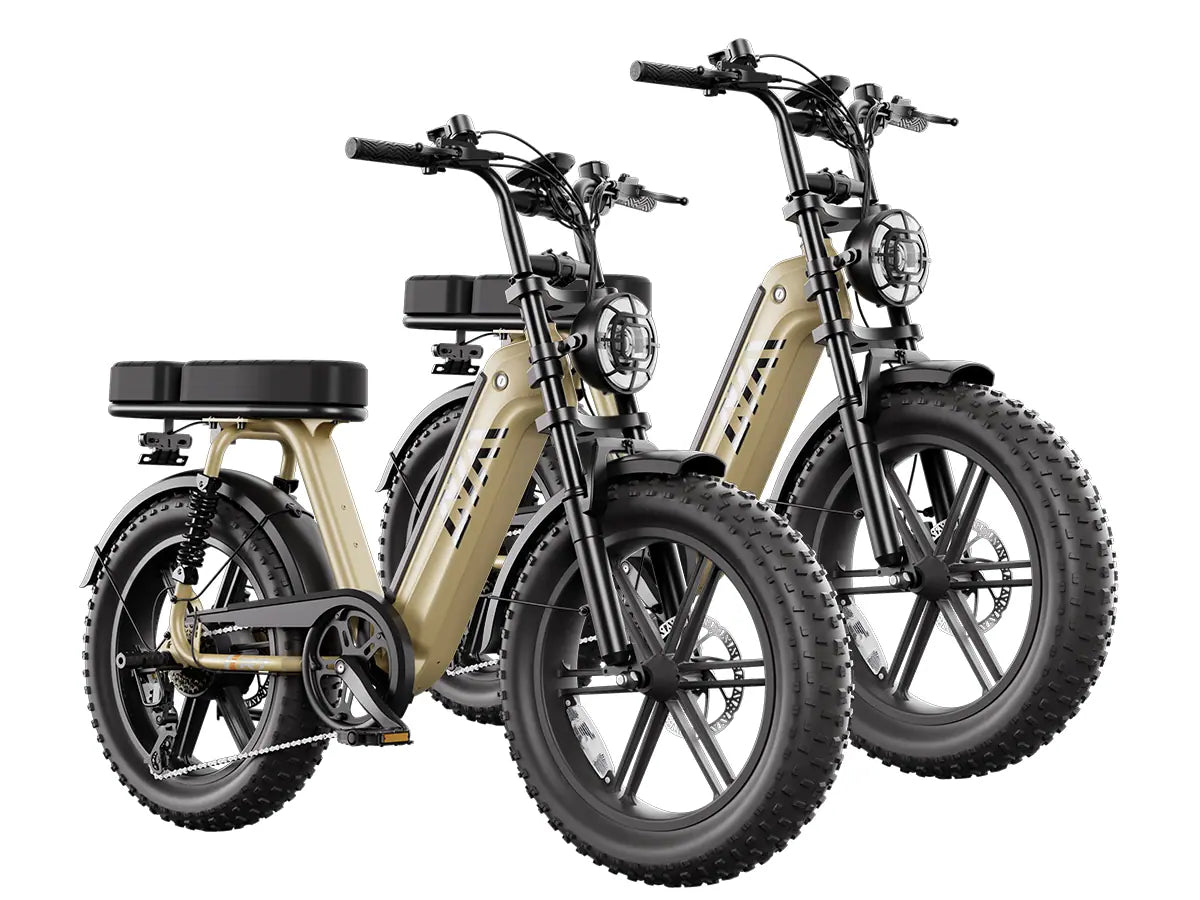Class 3 electric bikes redefine modern commuting by offering pedal assist speeds up to 28 mph, enabling riders to keep pace with traffic, cover longer distances with less fatigue, and balance fitness with convenience. Their higher speed capability makes them efficient urban travel options, though they face restricted access on many bike paths and sidewalks, focusing use on roads.
How Do Class 3 E-Bikes Enhance Speed and Commuting Efficiency?
Class 3 e-bikes assist pedaling up to 28 mph, allowing riders faster travel than traditional bikes and lower-class e-bikes. This helps commuters maintain traffic speed, reducing travel time and physical exertion on hills or against headwinds, enhancing overall commuting efficiency.
Why Is Pedal-Assist Only Important for Balancing Speed with Exercise?
Unlike throttle-based e-bikes, Class 3 bikes require pedaling to engage the motor, promoting active riding. Riders can adjust assistance levels, using higher power for speed or lower power for exercise and battery conservation, providing flexibility in workout intensity and ride duration.
Which Regulatory Restrictions Affect Class 3 E-Bike Use?
Due to their speed, Class 3 e-bikes often face restrictions prohibiting them from multi-use trails, sidewalks, and some bike paths to protect pedestrians and slower cyclists. Use is generally limited to road lanes or bike-only lanes adjacent to roads, with age minimums (16 or 17 years) and helmet requirements.
How Do Class 3 E-Bikes Compare in Design and Components?
Built for higher speeds, Class 3 e-bikes feature more powerful motors (typically up to 750W), sophisticated electronics, and upgraded components such as hydraulic brakes for safer stopping at higher speeds. They include speedometers or displays to monitor speed and assist levels.
Who Benefits Most from Class 3 Electric Bikes?
Urban and suburban commuters who need to cover longer distances quickly without exhaustion benefit most. Riders aiming for a fitness boost while maximizing convenience appreciate Class 3 e-bikes’ ability to integrate exercise with effective transportation.
When Is a Class 3 E-Bike Preferable to Other Classes?
Choose Class 3 e-bikes when commuting in traffic-heavy areas requiring speed and efficiency, or when rides exceed typical shorter distances. Their speed and power suit riders comfortable with faster cycling and road riding restrictions.
Where Are Riders Allowed to Use Class 3 E-Bikes?
Class 3 e-bikes are allowed on roads and designated bike lanes but are usually prohibited from sidewalks, bike paths, and multi-use trails unless specifically permitted by local authorities. Laws vary by city and state, so riders must confirm local regulations.
Can Lithium-Battery-Manufacturer Support Class 3 E-Bike Users?
Yes, Lithium-Battery-Manufacturer offers cutting-edge lithium-ion battery technologies optimized for Class 3 e-bikes, providing long range, fast charging, and reliability. Their expertise helps riders and manufacturers ensure batteries meet performance and safety standards.
What Safety Precautions Are Recommended for Class 3 Riders?
Helmet use is mandatory in many areas; riders should also wear protective gear and learn to manage higher speeds safely. New riders should practice control and braking responsiveness, given the increased acceleration Class 3 bikes provide.
How Do Variable Assistance Levels Improve Riding Experience?
Riders can tailor motor power output for comfort, battery conservation, and ride goals, switching between different assist modes to balance speed, exercise, and endurance, optimizing the e-bike for various conditions and rider preferences.
Buying Tips
When choosing a Class 3 e-bike, ensure it complies with your local regulations for speed, helmet usage, and riding locations. Prioritize bikes with high-quality lithium-ion batteries, responsive brakes, and transparent warranty and support. Consider your commute length, terrain, and desired assistance levels. Test ride several models and consult experts for the best fit.
TST EBike Expert Views
"The rise of Class 3 electric bikes symbolizes a new era of urban mobility, blending speed, power, and rider engagement. At TST EBike, our mission is to deliver high-performance, cost-effective electric bikes that transform commuting experiences. Through innovative battery and motor technology, we empower riders to travel farther, faster, and more comfortably while staying connected to their fitness goals." — TST EBike Technical Team
Conclusion
Class 3 electric bikes transform modern commuting by offering high-speed pedal assist, superior performance, and a healthy riding experience. While they face regulatory usage restrictions, their design and technology cater to demanding riders seeking efficiency and exercise. Backed by advanced battery solutions from Lithium-Battery-Manufacturer and innovative brands like TST EBike, Class 3 e-bikes define next-level urban transportation.
FAQs
What is the top speed for Class 3 e-bikes?
28 miles per hour pedal assist.
Are Class 3 e-bikes allowed on bike paths?
Usually no, restricted to roads and specific bike lanes.
Is a helmet required for Class 3 e-bike riders?
Yes, mandated in most states and localities.
Can Class 3 e-bikes have a throttle?
Typically no, or throttle speed is limited (varies by location).
How does Lithium-Battery-Manufacturer support Class 3 e-bikes?
By providing advanced lithium-ion batteries that optimize range and performance.




























Leave a comment
All comments are moderated before being published.
This site is protected by hCaptcha and the hCaptcha Privacy Policy and Terms of Service apply.